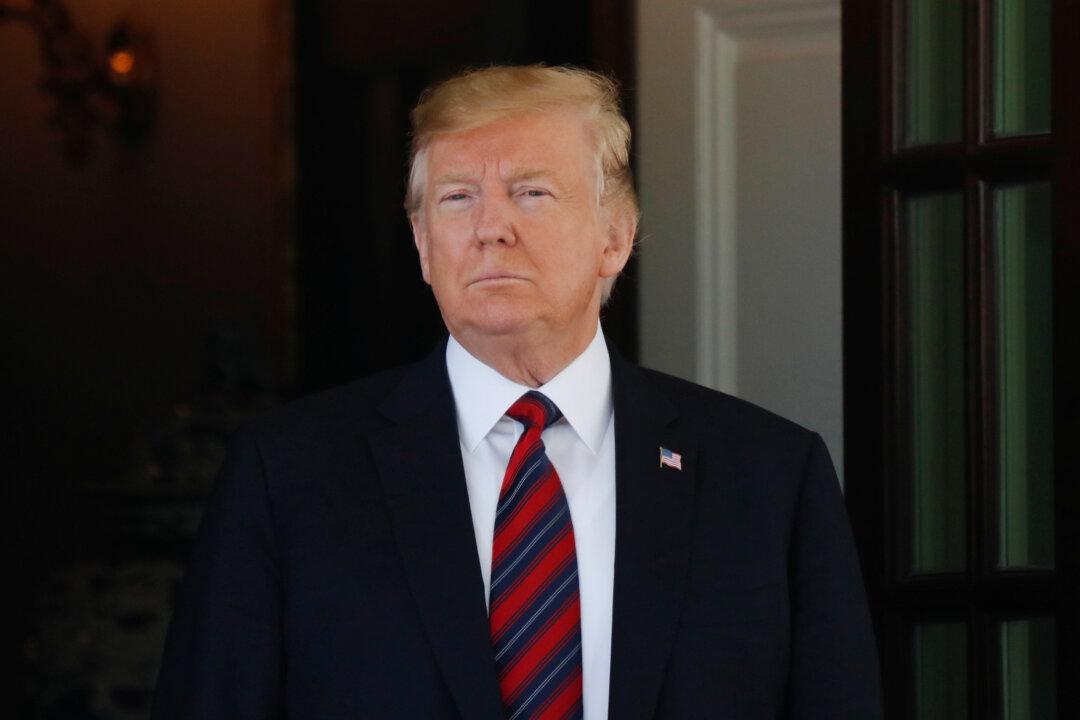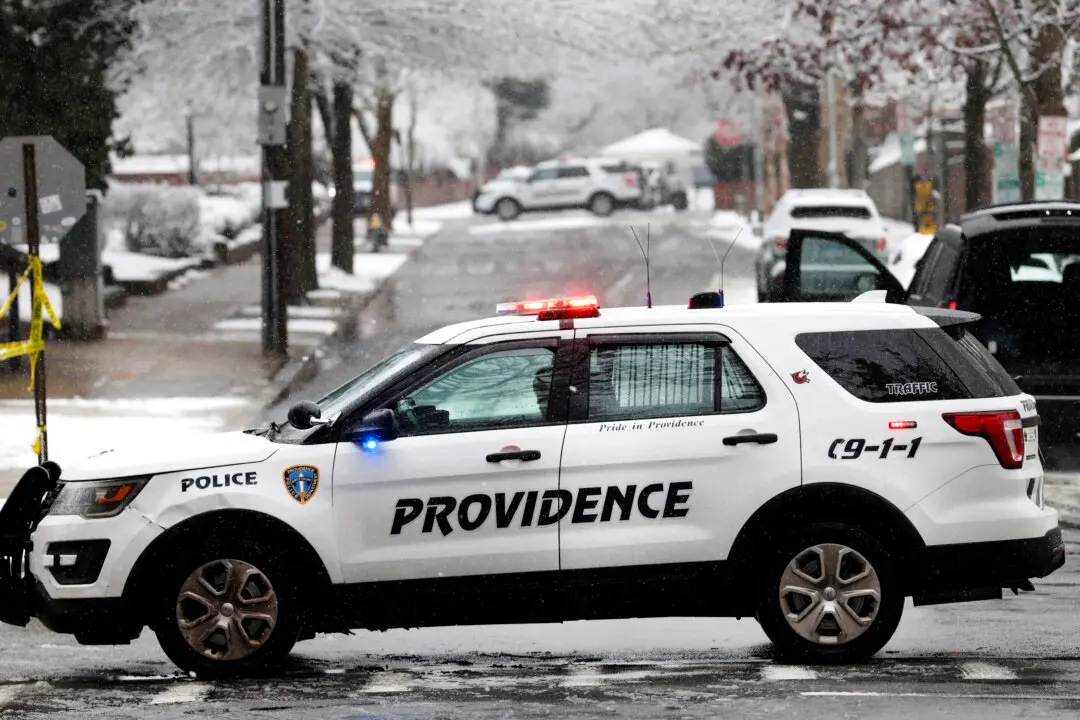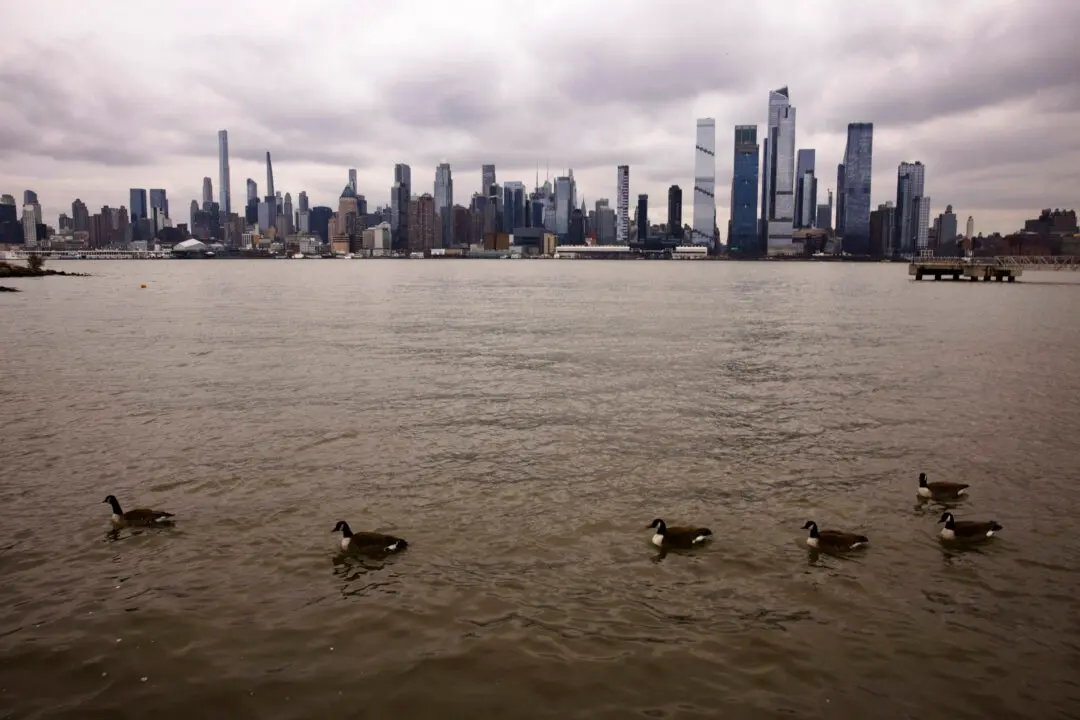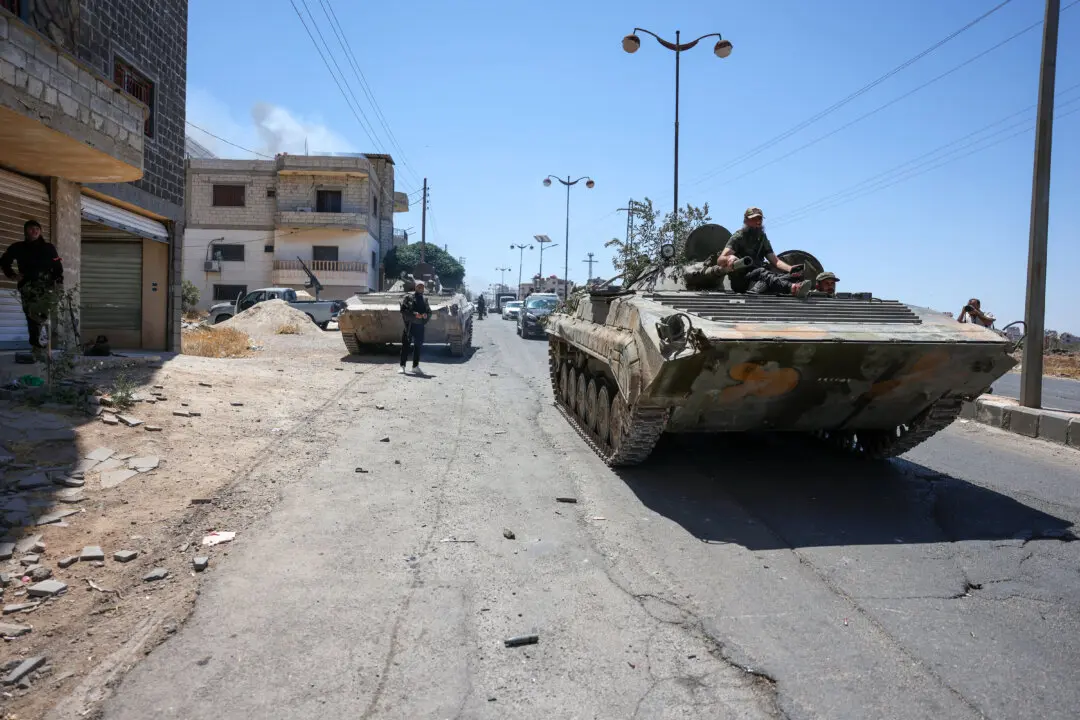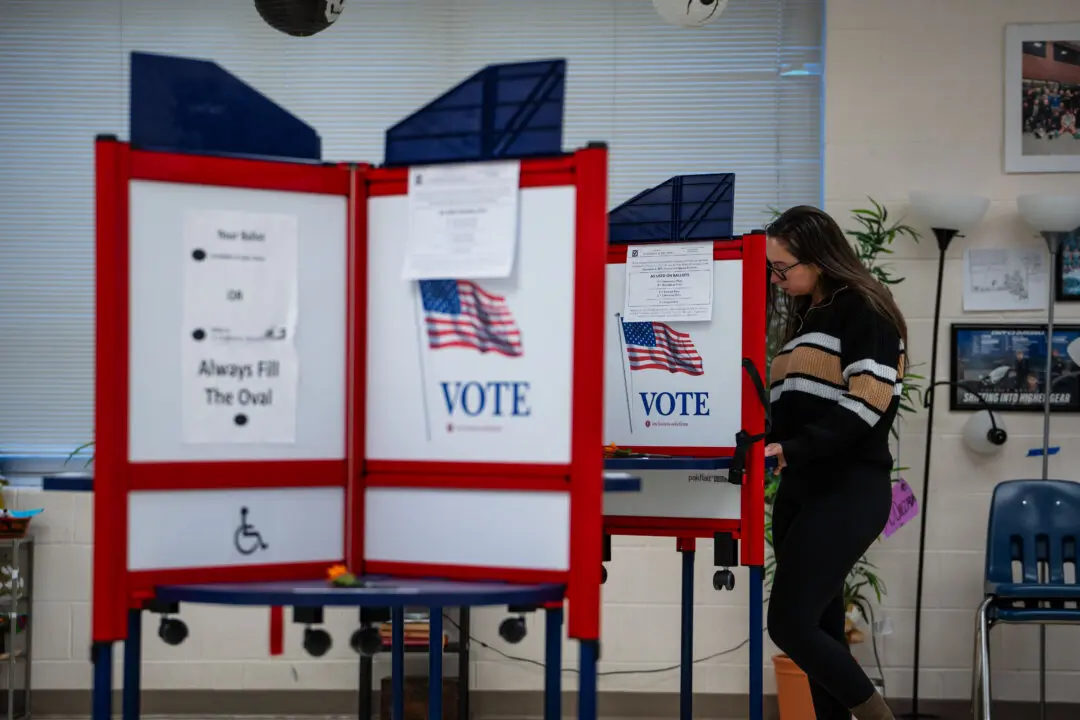President Donald Trump has approved the U.S. Department of Defense’s plan to send about 1,500 more troops to the Middle East amid escalating tensions with Iran.
“We’re going to be sending a relatively small number of troops,” the president told reporters outside the White House on May 24, Fox News reported. “Mostly protective. Some very talented people are going to the Middle East right now. And we'll see what happens.”
